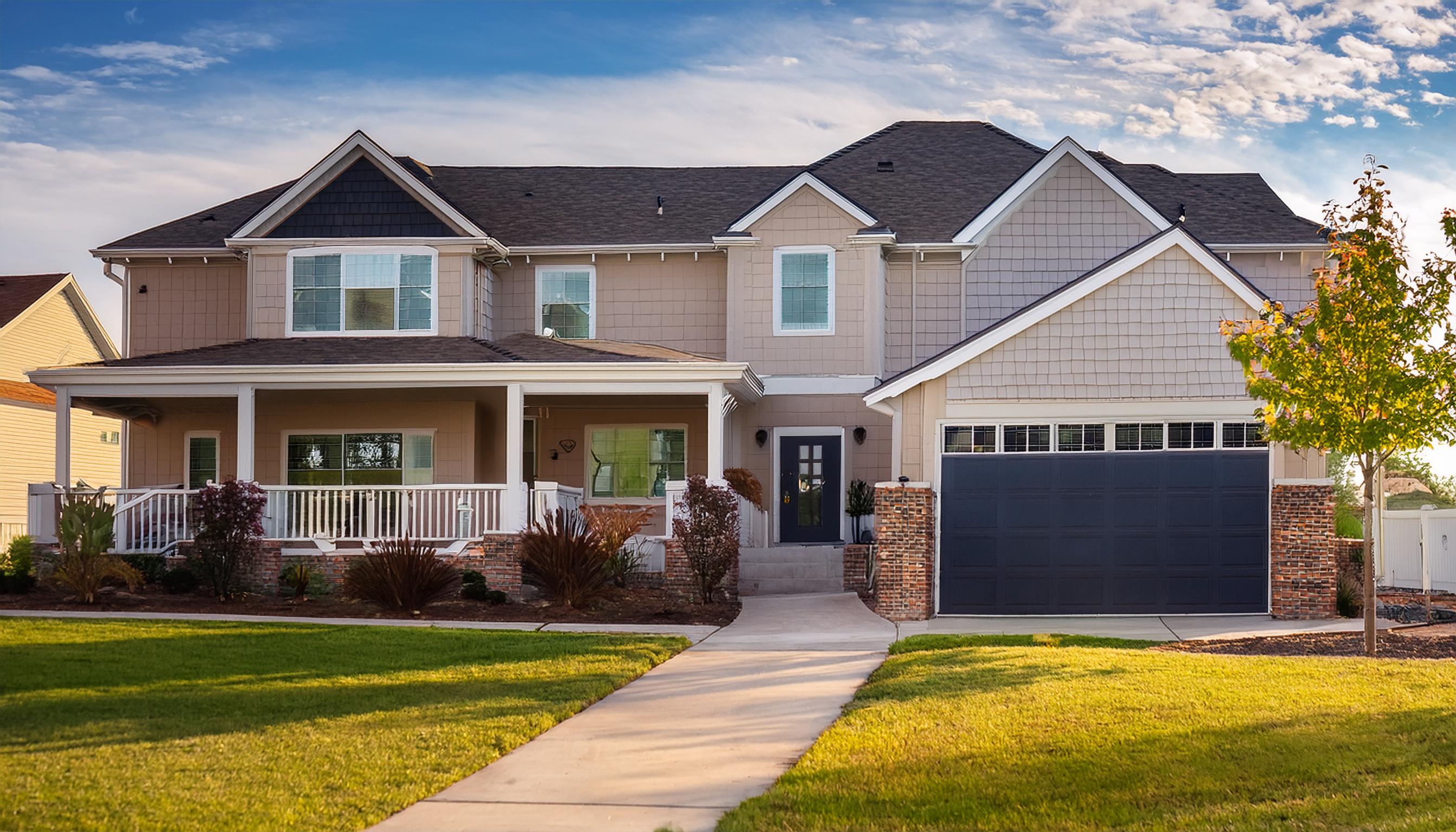Balcony inspections for Fresno's agricultural community. Address unique challenges, ensure safety, and comply with regulations. Contact DrBalcony today.
Read MoreEffective Rotten Wood Repair Strategies for Property Managers

The Real Woodwork Challenge
Ouch! Rotten wood. It’s the pesky problem that gives even the best property managers and homeowners a real run for their money. But never fear, rotten wood repair need not be the equivalent of hitting your thumb with the proverbial hammer.
Strategies don't Grow on Trees (But They Can Save Them)
Nostalgia Isn't What it Used to Be - Replacing vs Repairing
Let’s face it, we all have a soft spot for the charming character old properties often possess. But when it comes to rotten wood, saving the original charm might mean choosing repair over replacement. Yep, repairing rotten wood can maintain the authenticity and integrity of the property. A specialist epoxy resin is your best friend here, filling cracks and strengthening weak spots. But remember, this is best suited for small-scale repairs.
Out with the Old - When Replacement is the Only Option
Sometimes, you need to face the music and wave goodbye to irreparable timber. When rot has gnawed its way through major sections of structure or surface, the only option left is replacement. Opt for treated lumber that’s designed to resist decay and insects for an enduring solution.
The Ins and Outs of Prevention
An ounce of prevention really does beat a pound of cure. Regular inspection for signs of rot, prompt attention to leaks and moisture problems, and regular sealing or painting can help keep rot at bay. And let’s be honest, nothing goes better with coffee on a Sunday morning than the peace of mind knowing your property is safe from serious wood rot damage.
Don't let Rotten Wood Leave You Feeling Chip on Your Shoulder
Rotten wood repair doesn’t have to feel like walking a plank. With a proactive approach to maintenance, an understanding of when to repair or replace, and a little help from specialist products, you can beat the rot. Now, isn’t that a breath of fresh timber?
Q&A Time: Let's answer some common queries
Q1: How often should I inspect my property for signs of rot?
As a rule of thumb, an annual in-depth inspection should suffice. But if you live in a damper climate, more frequent checks are recommended.
Q2: Can rotten wood spread to healthy wood areas?
The fungi causing the rot can indeed spread to other wood if moisture conditions are favorable. Hence, addressing issues at their root is crucial.
Q3: Is there a foolproof way to prevent wood decay?
While there’s no guaranteed ‘foolproof’ method, regular inspections, maintenance, and using treated lumber during repairs/replacements can significantly reduce the risk.
Contact DrBalcony for a professional inspection!
Ensure the safety of your balcony and living space with DrBalcony - We're a Tech Engineering firm that specializes in California SB326 & SB721 balcony inspections. Over 300+ completed projects in California.
Request A Free EstimateClick To CallSimilar Blogs
SB326 Inspection: Your HOA’s Shield Against Liability and Costly Repairs
Don't let balcony repairs drain your HOA's budget. Discover how SB326 inspection can save you money by identifying issues early...
Read MoreBalcony and Deck Inspections in Kern County
Learn how to comply with California's patio inspection laws, including SB 326 and SB 721, to ensure safety and avoid...
Read MoreHow to Comply with California’s Patio Inspection Laws
Learn how to comply with California's patio inspection laws, including SB 326 and SB 721, to ensure safety and avoid...
Read More



